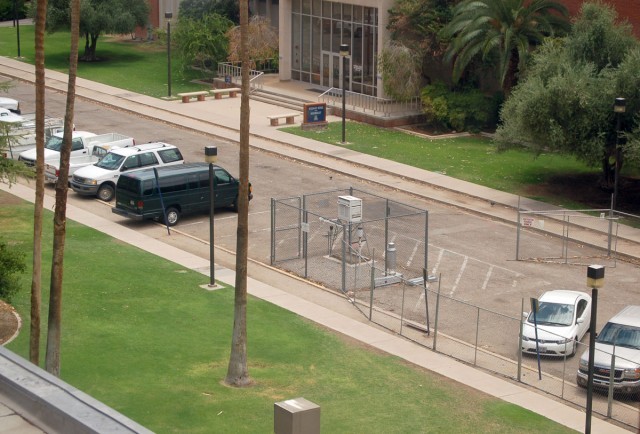A reanalysis of U.S. surface temperature station data shows temperatures are rising only half as much as claimed by the U.S. Historical Climatology Network and other government overseers of temperature data. The reanalysis is the first using the Siting Classification System devised by the MATEO-France French national meteorological service and recently approved by the World Meteorological Organization.
Flawed Adjustments Identified
The new analysis, conducted by a team of scientists led by surface station expert Anthony Watts, shows government overseers are improperly reporting double the temperature increase that is occurring in the real world. Fully 92 percent of the overstated temperature rise results from erroneous and scientifically unjustified government “adjustments” to the raw temperature data.
Temperature Rise Is Moderate
Global temperatures are rising more rapidly over land than over the oceans. The new analysis shows U.S. temperatures rose only 0.155 degrees Celsius per decade from 1979 through 2008 according to high-quality surface temperature stations. The 0.155 degree increase is substantially less than is claimed by government temperature overseers, and it is sufficiently moderate to rebut fears of an imminent global warming crisis.
The authors note global temperature trends are unlikely to be substantially different from those reported in their new analysis.
Overlooked Warming Factors
Lead author Anthony Watts explained how government overseers overlook meaningful siting problems that add fictitious warming to the raw data.
“The USHCN is one of the main metrics used to gauge the temperature changes in the United States,” wrote Watts in a press release announcing the findings. “The first wide-scale effort to address siting issues, Watts, (2009), a collated photographic survey, showed that approximately 90% of USHCN stations were compromised by encroachment of urbanity in the form of heat sinks and sources, such as concrete, asphalt, air conditioning system heat exchangers, roadways, airport tarmac, and other issues. This finding was backed up by an August 2011 U.S. General Accounting Office investigation and report titled: Climate Monitoring: NOAA Can Improve Management of the U.S. Historical Climatology Network.”
Specific Data Problems Revealed
The authors also explain how government overseers’ improper manipulation of the raw temperature data manufactures fictitious warming. According to the authors:
• Statistically significant differences exist between well-sited temperature stations and stations whose temperature data is influenced by encroaching urbanization, poor siting locations, and changes in nearby surface conditions that affect temperature readings.
• Government overseers of the raw data improperly adjust temperatures from poorly sited stations upward, and then add similar nonexistent warming to temperature data from well-sited stations.
• After government overseers improperly adjust the temperature readings from well-sited stations, they report three times as much warming from those stations as the raw data indicate.
• Urban temperature stations report more warming than semi-urban stations, which in turn report more warming than rural stations. These findings support skeptics’ claims that the urban heat island effect is substantially responsible for reports of rising temperatures.
James M. Taylor ([email protected]) is managing editor of Environment & Climate News.
Internet Info:
“Press Release—U.S. Temperature trends show a spurious doubling due to NOAA station siting problems and post measurement adjustments,” WattsUpWithThat?: http://wattsupwiththat.com/2012/07/29/press-release-2/





